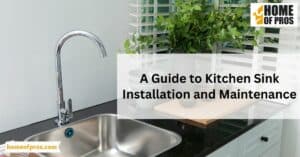Discover the secrets to saving both water and money with low-flow fixtures. By installing these eco-friendly fixtures in your home, you can reduce water consumption significantly while cutting down on utility bills. Learn how to make a sustainable and budget-friendly change today.
Water is a finite resource, and conserving it is paramount. Low-flow fixtures are the unsung heroes of water conservation, not only benefiting the environment but also your wallet. This guide aims to inform and empower you to make sustainable changes in your daily life. Discover how low-flow fixtures can help you save water and money.

Understanding Low-Flow Fixtures
Low-flow fixtures, comprising faucets, showerheads, and toilets, are innovative water-saving solutions designed to reduce water consumption in households and businesses. These fixtures employ specialized engineering and technology to limit water flow, offering a sustainable alternative to traditional high-flow counterparts. By restricting the flow rate, low-flow fixtures effectively curtail water wastage while still providing adequate functionality for everyday use.
In the market, you’ll find a diverse range of low-flow fixtures tailored to suit various preferences and needs. From aerated faucets that mix air with water for a consistent stream to high-efficiency toilets with dual flush options, these fixtures cater to different areas of your home and personal preferences. Understanding the types and benefits of low-flow fixtures is the first step in making eco-conscious choices that not only conserve water but also contribute to long-term savings on your water bills.
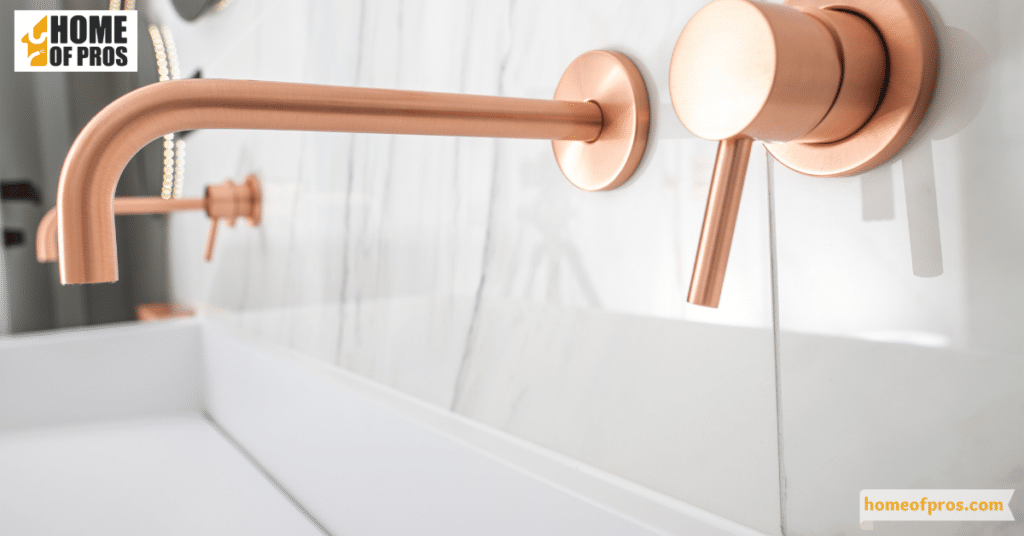
Benefits of Low-Flow Fixtures
Low-flow fixtures are more than just water-saving additions to your home; they are gateways to a greener, more cost-effective future. In this section, we’ll explore the multifaceted advantages of incorporating these eco-friendly fixtures into your living space.
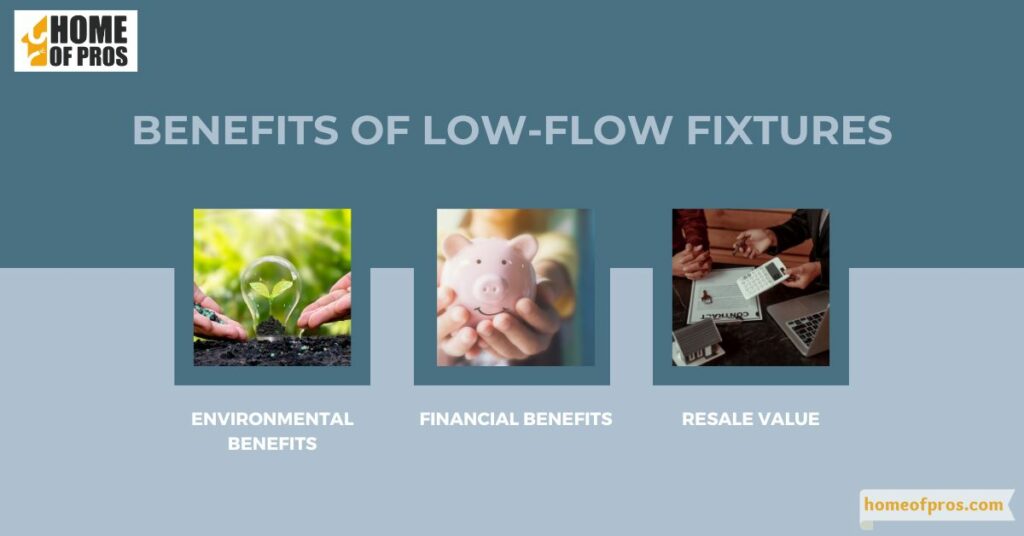
1. Environmental Benefits
Low-flow fixtures are champions of water conservation. They are designed to limit water flow without compromising performance. This means that every time you turn on a tap or shower, you’re using less water, which in turn reduces water wastage. By embracing low-flow fixtures, you become an active part of the solution to one of our planet’s most pressing problems – water scarcity. Conserving water helps protect ecosystems, preserves aquatic habitats, and ensures that future generations have access to this essential resource.
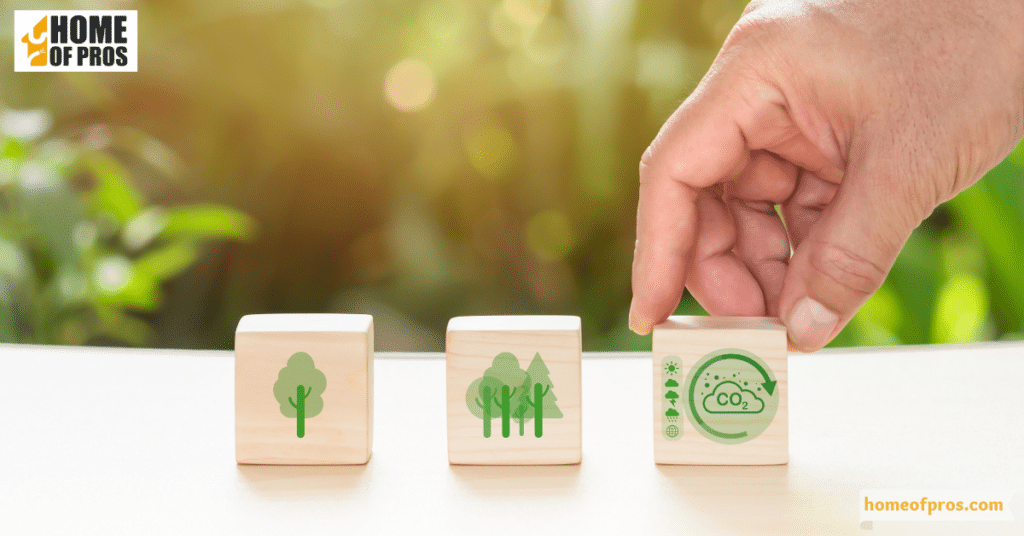
2. Financial Benefits
When it comes to your utility bills, low-flow fixtures can make a significant impact. These fixtures are engineered for efficiency, meaning you’ll consume less water for the same tasks. This translates into lower monthly water bills, and the savings can add up substantially over time. Additionally, many local governments and utility companies offer rebates or incentives for installing low-flow fixtures. These incentives can offset the initial cost of purchasing and installing these fixtures, making them even more financially attractive.
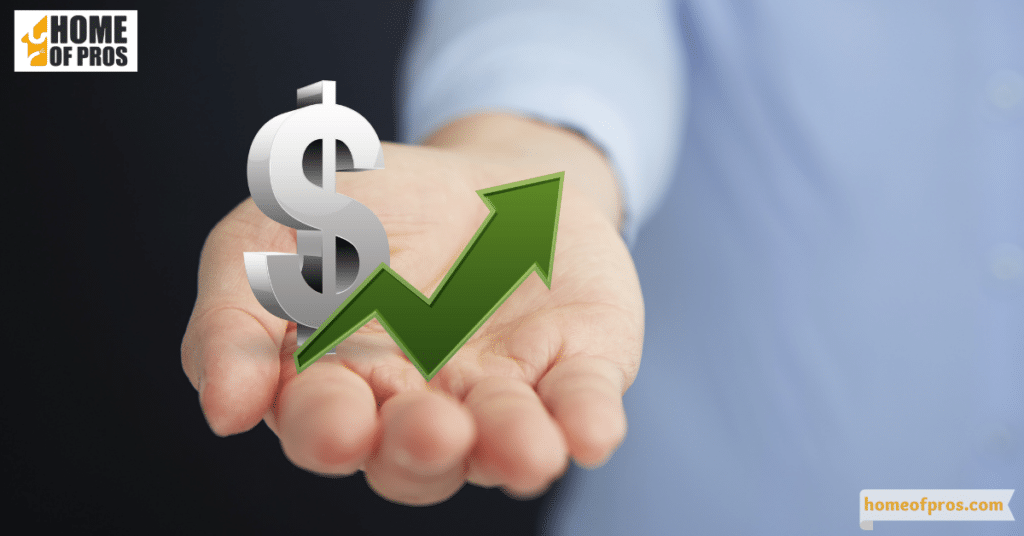
3. Resale Value
Beyond immediate savings, low-flow fixtures can enhance your home’s resale value. In today’s real estate market, prospective buyers are increasingly drawn to properties with eco-friendly features. Having low-flow fixtures in your home can make it more appealing to environmentally-conscious buyers. It showcases your commitment to sustainability, which can give your property a competitive edge in the market. As a result, you may be able to sell your home faster and at a higher price than comparable properties without these eco-friendly upgrades.
The benefits of low-flow fixtures extend far beyond the initial investment. Not only do they help conserve water and reduce your monthly expenses, but they also add value to your home and contribute to a sustainable future. By making this eco-friendly choice, you’re not only benefiting your wallet but also actively participating in the global effort to protect our planet’s precious water resources.

Installation and Maintenance
Low-flow fixtures are a fantastic way to reduce water consumption in your home without sacrificing functionality. Whether you’re upgrading your bathroom or kitchen, here’s a step-by-step guide to installing low-flow fixtures in different areas of your home:
- Gather Your Tools: Begin by collecting the necessary tools, including an adjustable wrench, pliers, plumber’s tape, and a pipe cutter or hacksaw.
- Turn Off the Water: Locate the shutoff valve beneath the sink or behind the toilet and turn off the water supply.
- Remove the Old Fixture: Use your wrench and pliers to disconnect the existing fixture. Have a bucket or towels ready to catch any residual water.
- Apply Plumber’s Tape: Wrap the plumber’s tape clockwise around the threads of the new low-flow fixture. This tape ensures a tight, leak-free seal.
- Install the New Fixture: Carefully attach the low-flow fixture, making sure it’s snug but not overly tightened, which can damage the threads.
- Turn On the Water: Gradually turn the shutoff valve back on and check for any leaks. If you see a leak, tighten the connections further.
- Test for Proper Flow: Turn on the fixture to ensure the flow rate is as expected. Low-flow fixtures should noticeably reduce water consumption while maintaining sufficient water pressure.
By following these step-by-step instructions, you can successfully install low-flow fixtures in your bathroom and kitchen, reducing water usage and contributing to a more sustainable lifestyle. Remember to always turn off the water supply and follow safety precautions when working with plumbing fixtures.
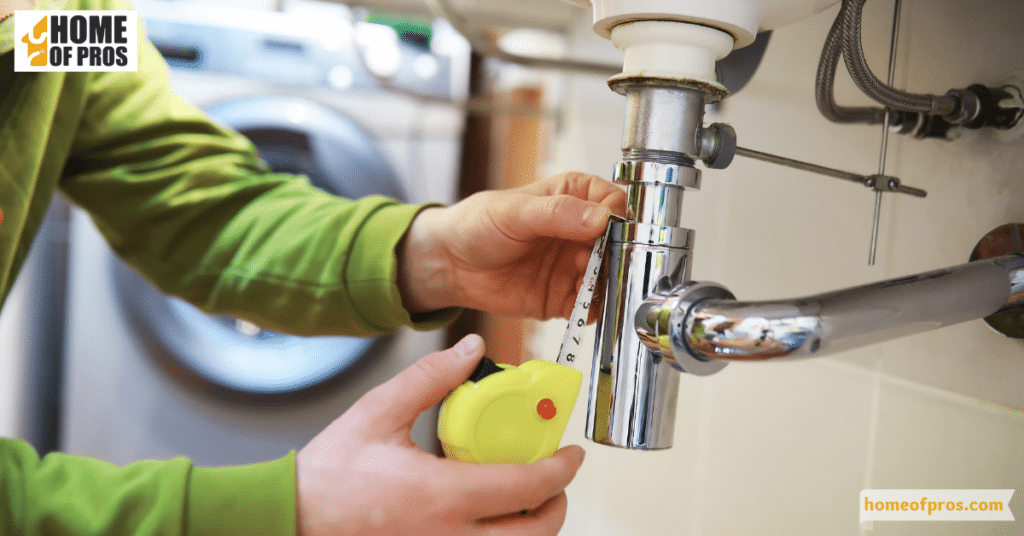
Calculating Water and Cost Saving
Switching to low-flow fixtures not only conserves water but also saves you money in the long run. In this section, we’ll show you how to quantify the impact of these eco-friendly upgrades on your water bills and your wallet.
To calculate your potential water and cost savings after installing low-flow fixtures, you can use the following table as a reference. Keep in mind that actual savings may vary based on factors like your water usage habits and local water rates.
| Fixture Type | Old Flow Rate (GPM) | New Flow Rate (GPM) | Water Saved (Gallons/Year) | Cost Savings (Per Year)* |
|---|---|---|---|---|
| Showerhead | 2.5 | 1.5 | 7,300 | $60-$100 |
| Faucet (Bathroom) | 2.2 | 1.0 | 8,000 | $30-$60 |
| Faucet (Kitchen) | 2.2 | 1.5 | 5,500 | $20-$40 |
| Toilet | 3.5 | 1.6 | 9,000 | $50-$110 |
*Cost savings are estimated based on an average water cost of $0.008 per gallon.
Examples and Real-Life Scenarios:
For instance, if your household has one shower, two bathroom faucets, one kitchen faucet, and one toilet, you could save approximately 29,800 gallons of water and $160-$310 per year by upgrading to low-flow fixtures.
These calculations reveal not only the immediate benefits of reduced water usage but also the considerable long-term financial advantages of embracing low-flow fixtures. By making this eco-conscious choice, you’re not only contributing to a sustainable future but also putting money back in your pocket.

Conclusion
Incorporating low-flow fixtures into your home isn’t just a minor upgrade; it’s a decision that can have a significant impact on your water usage and finances. As our calculations and examples have shown, the savings from reduced water consumption can add up impressively over the years.
By switching to low-flow fixtures, you not only contribute to water conservation and a greener planet but also enjoy tangible financial benefits. Whether it’s the refreshing shower you take every morning or the water you use in your daily chores, these fixtures ensure that you’re being mindful of resources and your budget.






